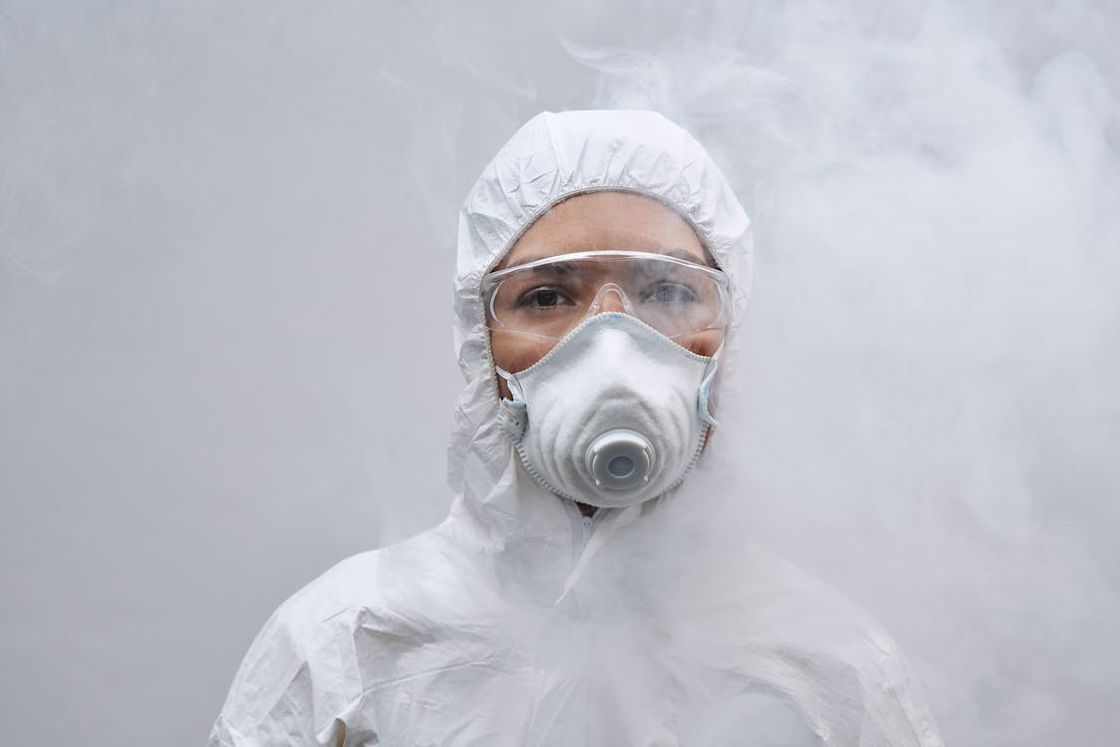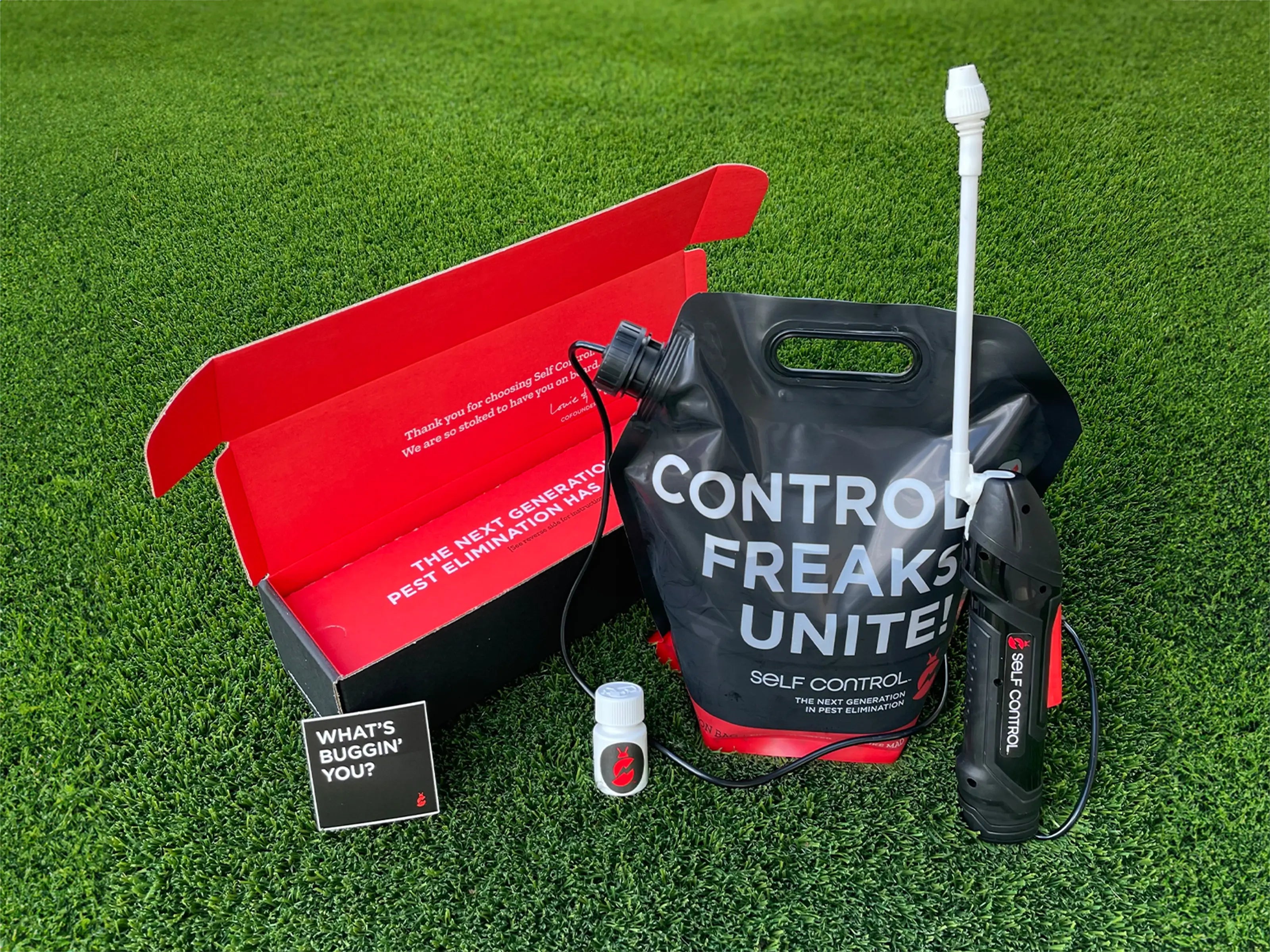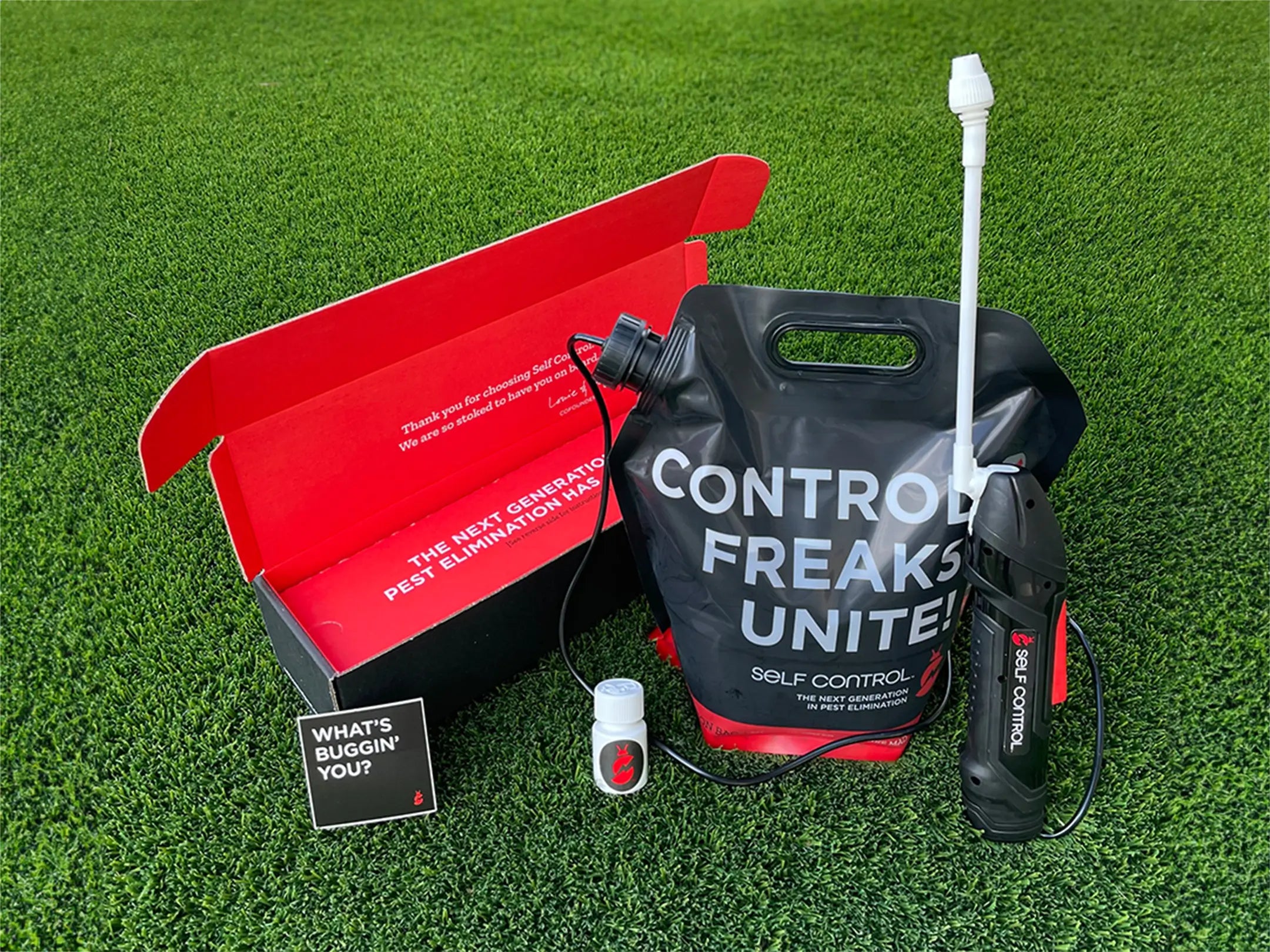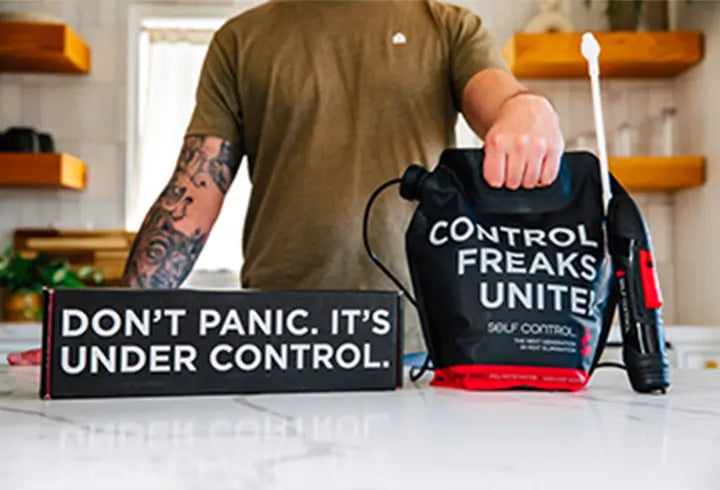
Pest control companies use different methods to control or eliminate pests such as insects, rodents, and other animals. This prevents damage to wooden structures, crops, and other valuables. The use of chemicals is one popular method of pest control, and that brings the question: is pest control toxic?
Is Pest Control Toxic?
Generally, most pest control methods used today are considered to be toxic if handled incorrectly. The chemicals used are often hazardous to human health and the environment to a certain degree and can cause various health concerns. Any pesticide containing piperonyl butoxide or hydramethylnon are potential carcinogens and should thus be handled with extreme caution.

However, indoor pest management methods are more likely to be less hazardous than outdoor methods because indoor pest management products are formulated specifically for use indoors and have fewer toxic chemicals.
Additionally, other methods are considered non-toxic, such as traps with baits and biological control. Traps such as effective pest repellers, snap traps, glue traps, and pheromone traps have been proven effective in controlling pests without toxic chemicals. Traps with baits are also helpful because they attract and trap pests by using food as bait.
Pesticides With Minimum Risks
Fortunately, products like our Superior DIY Pest Control have been specifically formulated to minimize their toxicity. Some products are known as “minimum risk pesticides,” containing ingredients that pose very little risk to human health or the environment.
The active ingredient in most minimum-risk pest management products is pyrethrin, derived from chrysanthemum flowers and has been used for centuries as an insecticide. Pyrethrins are considered a “natural” insecticide because they occur naturally and break down quickly in the environment. Other ingredients found in minimum-risk pesticides include:
- Peppermint oil
- Sodium Chloride
- Rosemary oil
- Citronella oil
- Sodium lauryl sulfate
Pesticides With High Toxicities

The Environmental Protection Agency (EPA) also categorizes some pesticides as “high-risk,” which means they are considered to be highly toxic. These pesticides may contain active ingredients such as organophosphates, carbamates, and pyrethroids that are highly toxic to humans and animals.
High-risk pesticides should be used only as a last resort and cautiously handled. Always read the label of any pesticide before you use it to ensure that you are using it correctly and safely.
Other ingredients that are considered highly to be toxic include:
- Dicamba 0.71%
- Permethrin 1.25% or higher
- Acephate 4% or higher
- Atrazine 0.60% and higher
- Lambda-cyhalothrin 0.04%
- Acephate 0.75% or higher
- Bifenthrin 0.110%
- Chlorothalonil 0.087%
- Malathion 50%
- Esfenvalerate 0.0033%
- Carbaryl 0.126%
- Piperonyl Butoxide 0.20% and higher
What Are the Risks of Using Toxic Pesticides?
Pesticide manufacturers are working extremely hard to come up with products that are safe to use; however, there is still a risk associated with their use. The risks are either short-term (acute) or long-term (chronic).
Short-term risks are those which can cause immediate health effects, such as skin and eye irritation, headaches, nausea, and breathing difficulties. These effects can be felt after a single exposure to the pesticide and are usually reversible.
Long-term risks are those which can cause more serious health effects, such as cancer, neurological damage, and reproductive problems. These long-term risks usually come in after a long exposure to the pesticide and can be difficult or impossible to reverse. That is why you need to exercise caution when using these products and follow the instructions on the label to minimize your risks.

How to Practice Pest Control Safely
Whether using a chemical or non-chemical method, it is always good to be cautious and practice safety.
The following are some of the tips that you should always keep in mind when practicing pest management, especially when dealing with chemical-based products:
- Always read the label of any product before use, and follow all instructions. Manufacturers always include safety instructions on the labels of their products.
- Wear appropriate clothing and protective gear when handling or applying any highly toxic product.
- Keep the product away from children and pets, as they are more susceptible to the effects of toxic chemicals.
- Store the product in a cool and dry place, away from any heat source or direct sunlight.
- Avoid mixing different types of products, as this may lead to an increase in toxicity.
- Dispose of any leftover products properly, according to the instructions on the label.
- Ensure the product does not get into rivers, streams, or other water sources.
You might be able to do pest control yourself, but when in doubt, contact a professional to help you with any pest control-related issues. Self Control Pest is your one-stop shop for a safe and effective pest management solution. We will provide the best commercial pest control products that act fast, plus the necessary instructions on applying them safely.
Frequently Asked Questions
Does Pest Control Have Side Effects?
Yes, it is possible for some pest management products can be dangerous and might have side effects, especially when used improperly or in large quantities. For instance, one can develop skin irritation or breathing difficulties after interacting with certain chemicals. To avoid potential risks, always follow the instructions on the label of any product, and contact a professional if you have any doubts.
How Long Do Pesticides Stay in the Air After Spraying?
A pesticide can stay in the air for about 30 minutes to an hour after spraying, depending on the type of product used and other environmental factors. However, most pesticides will gradually degrade and break down into harmless compounds.
Can You Stay at Home After Pest Control?
Yes, you can stay at home after pest control. However, it is best to wait a few hours before re-entering the treated area, as some products may take a few hours before they are completely safe for use. Also, make sure to open the windows and doors to increase ventilation.
Conclusion
The toxicity of pest control products depends on the product type and how it is used. The key is taking personal safety into account when using any chemical-based products. Always read the label, wear appropriate gear, and practice safety to avoid potential risks.



Comments (0)
Back to Critter Chronicles